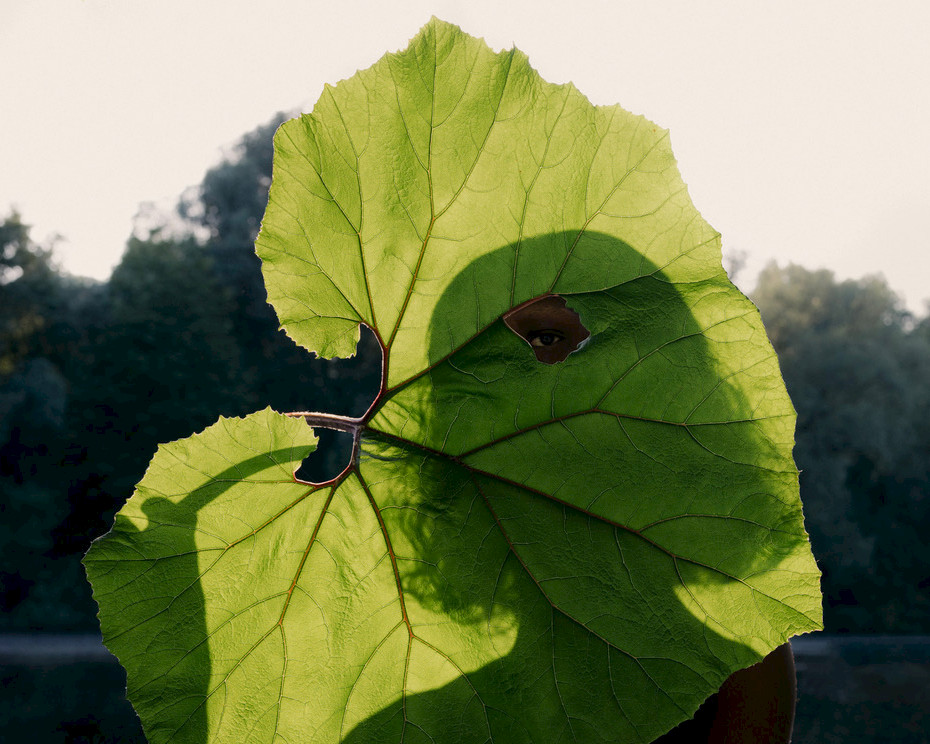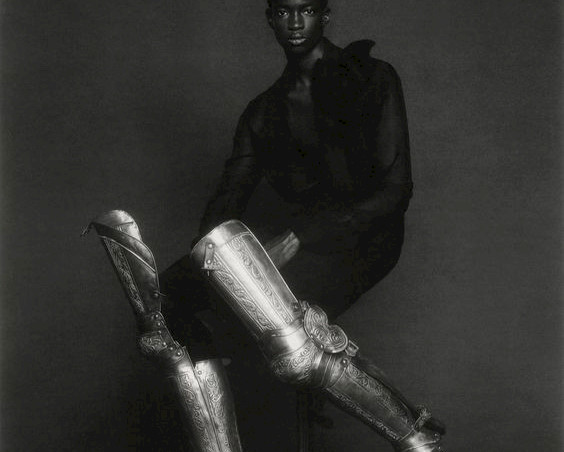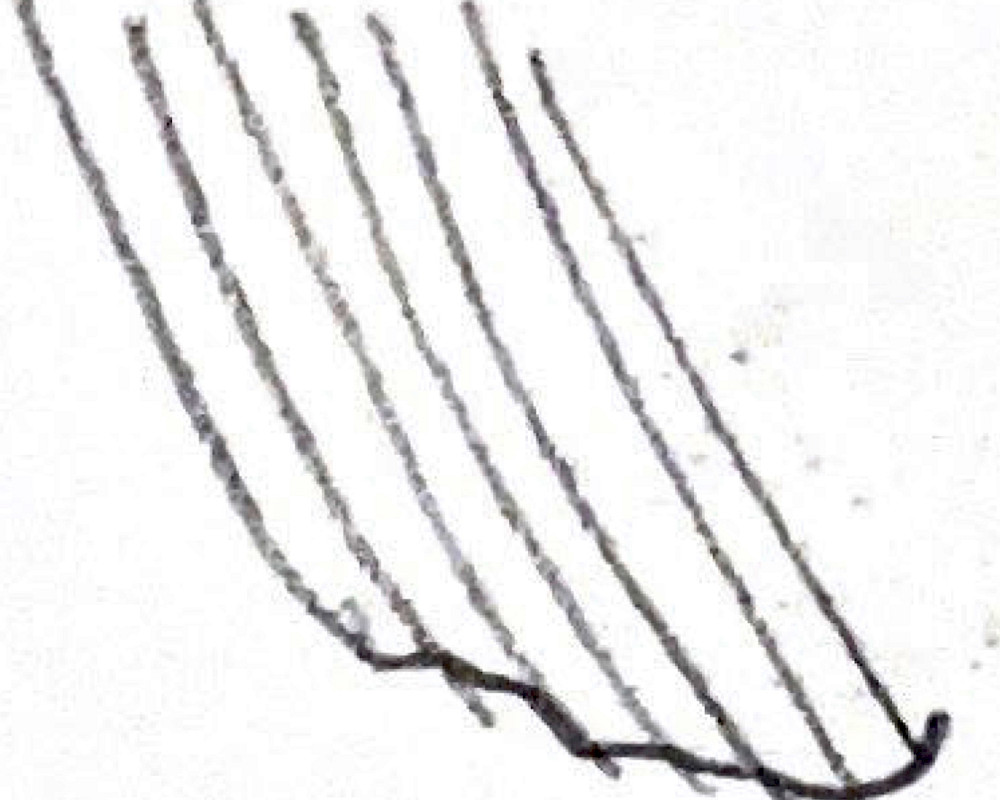essay
Where the Magic Happens
Katherina Gorodynska
Katherina Gorodynska is a visual artist and designer working with text and performance. She was born in Odesa (UKR) and is currently based in Amsterdam (NL). In her interdisciplinary work text is activated and transformed into performances and site and situation specific installations. Since 2021 she is co-director of the interdisciplinary literature festival auftakt festival in Cologne (DE).
Geke Zaal
Geke Zaal (1993) is an Amsterdam-based graphic designer, working independently and in collaboration with artists and culturally involved initiatives. Her work has a typographic nature; by treating text as an image, she investigates both the legibility and the playfulness of language. Occasionally she complements her work with graphic elements and makes illustrations.

column
The Guest at Work
Twice a day you walk up a mountain to connect to the internet, check your matches on Hinge, and text the girl you like from your language class back in the country you live.
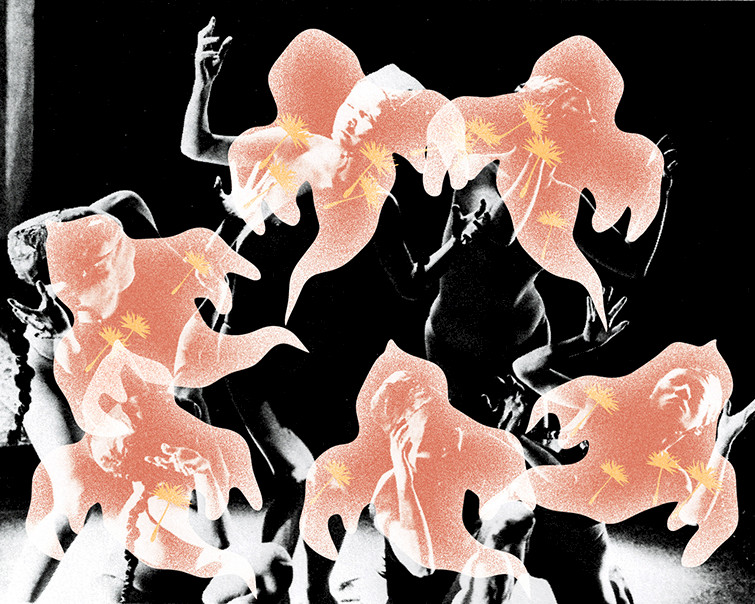
column
and then we danced, on hosting ghosts and ghosting
In my dance, I host ghosts, their multi-headed presence, their sounding breath coming out of their numerous mouths. I befriend the strange, and the otherness becomes my condition.
11
min read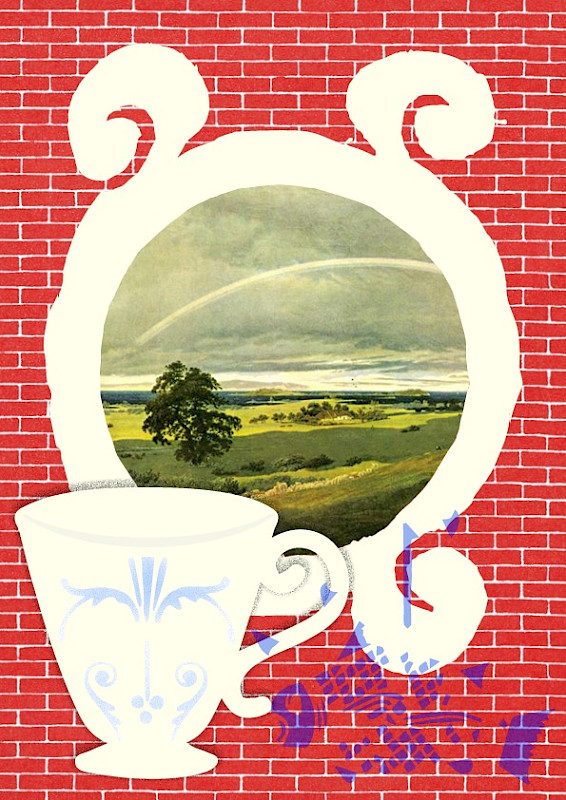
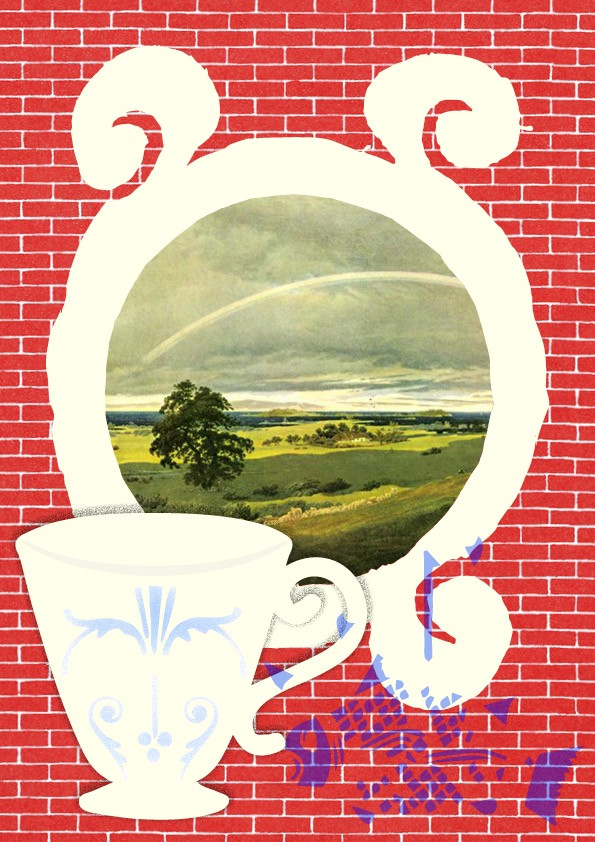
I take one step back, turn around, focus on the image. What I see is a mug with blue flower patterns, off-white. I take two steps back, turn around, focus on the image. What I see is a desk filled with objects, too many objects. How can anyone bare their soul in a place where there are so many objects? I take three steps back, turn around, focus on the image. What I see is a desk (wooden), a chair (wooden), a shelf (wooden, when in a more minimalistic mood metallic). It is a room that is not protected against the sun. The view here always seemed to be more important than the skin. There are no linen curtains, and the lace curtains that just recently seemed to be hanging here also disappeared. The sun is shining leaving burning marks on the walls. Leaving burning marks on the skin. In this room there is a view out of the window and in front of the window is a wide and shiny-green lawn and behind, there is a lake or maybe even the sea. Sometimes, when I return back from a swim there is a smell of salt and sunscreen and from time to time even a smell of dry fish but other times, as soon as I close the door behind me, the room starts to vanish. Suddenly there are only three corners left, or maybe the view that just some moments ago had these sharp green colours starts to blur–now it is the shiny-green lawn, and now it is a busy street with people passing by, going home with groceries maybe. And now it is just a piece of the sky where it’s not clear if it is cloudy or sunny but it is still nice somehow definitely. And also the attic above the room–a dusty attic with boxes full of photographs, diaries, maybe some never-sent love letters–does not exist anymore. Sometimes, then, the only image left is a square window framed by a square house with a chimney like one of those children’s drawings of houses, maybe with a sun above a hill behind that usually at some point end up hanging in their parent’s kitchens pinned with a magnet to the fridges.
For years I’ve been imagining how a Room of My Own [1] would look–and the only furniture that made it into this room would be a desk, a chair, maybe with a shelf behind. I did not know in which geography this room was located, but that did not interest me anyway–the room I was picturing was a fragment like a cut-out photograph from a book or a scene from a movie. While its location seemed to be irrelevant, I was obsessed with its interior. Where, for example, would I put the desk? –definitely not in front of the wall, this was clear, better in front of the window; hopefully there will be a nice view.
For years I’ve been imagining how a Room of My Own would look, what the objects might be that could serve this room as carriers of memory. In this house I knew there would never be an attic to go up to to sift through boxes filled with forgotten family possessions, old photographs, diaries, unsent love letters. For a while, I’ve been thinking about two different types of shelves. The first one is the shelf as canon, usually in the form of a big heavy bookcase: it is a popular backdrop. This shelf is a place where knowledge and status are displayed–and even if there are variations: books sorted by size, books sorted alphabetically, books even sorted by colour or not sorted at all–this shelf at least from a distance of four steps seems always to be the same. The second type of shelf is a shelf that I imagine as a personal museum of objects. There are porcelain figurines stretching their legs and there are boxes full of cutlery that is waiting to be used–silver spoons for special occasions. Maybe there could be a mixture of both–and this, then, will be my shelf: books not sorted and leaned against a porcelain figurine.
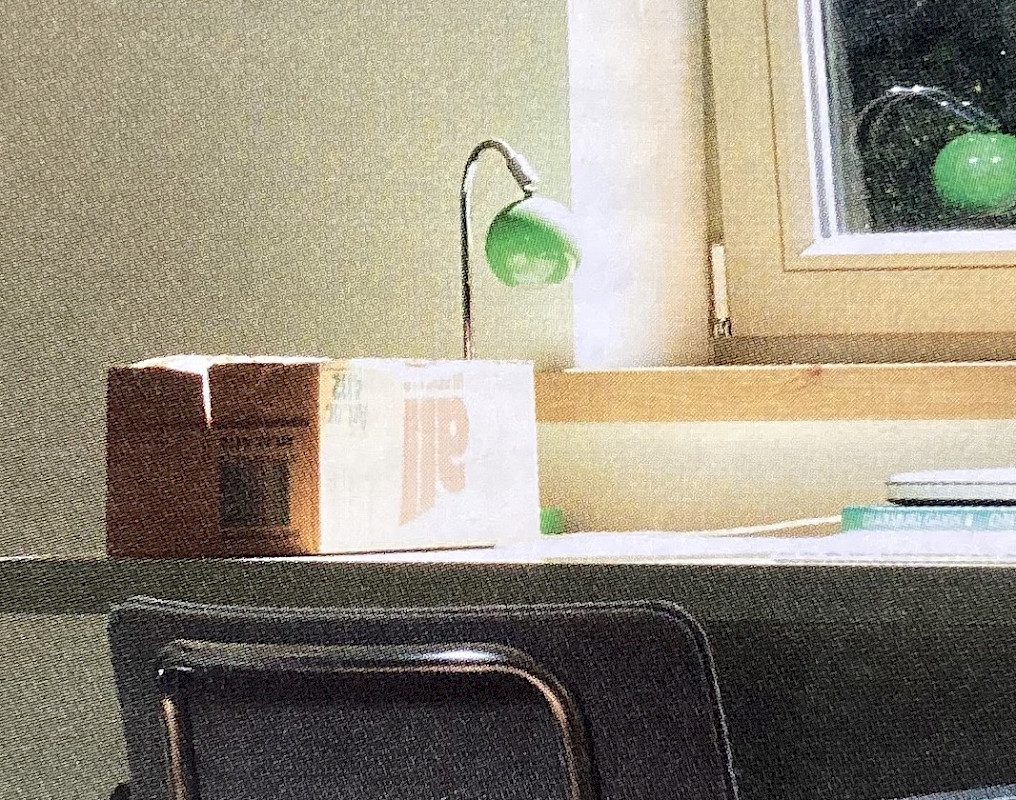
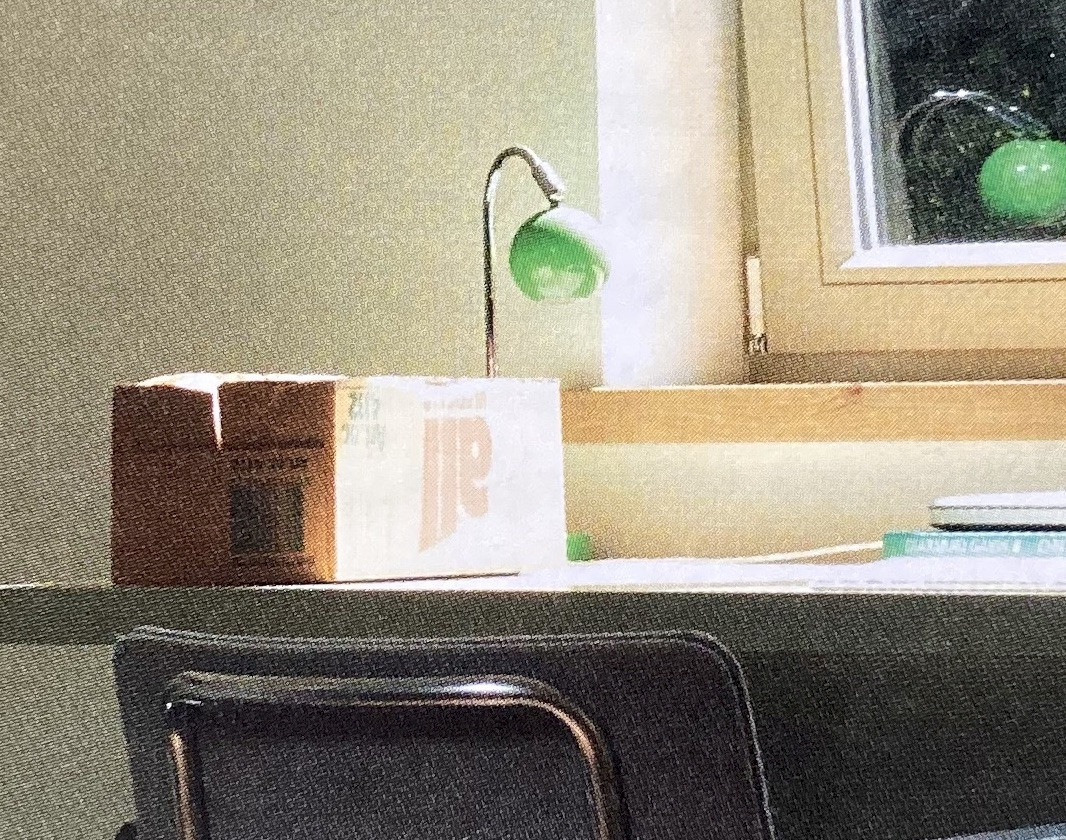
[description of the view]
I spent my time peering into the windows of stranger’s houses. Just recently I saw a room completely hidden behind an old-fashioned lace curtain. In front of the curtain was a collection of porcelain cats in a row, looking at me looking at them. Often there are no curtains, then I see people lying on grey couch islands in front of big TVs. I see their plants stretching their healthy leaves out the window. Hello, they say, looking at me, but I do not answer. In those houses everything becomes an island: there are couch islands to stretch the legs and kitchen islands with the newest cookbooks.
When I was 15 my favourite program on TV was Mieten Kaufen Wohnen – Rent Buy Live. It is a reality show format where people in search of a house meet real estate agents who invite them to viewings. It is the first time that I see apartments with wooden floors and high ceilings, some of them with concrete ornaments. I remember a couple who was supposed to find their dream house on TV. How might they furnish their new house? When would be the first time they could call it home?
What I am interested in is how they would live with their desk, if they prefer to sit on the chair in front of their desk facing a wall or facing a window, what they see when they peer out the window through the curtain, if there is one. If the desk is tidied up and clean or if it is covered with objects – more an altar of objects than a surface to work on, more a horizontal Wunderkammer than a space where thought and action seem to be chronologically organised. Can they think better in a space that is empty of memories, empty of objects, where they can invent new stories without being affected by the nostalgia they have been trying to shed for so many years? Maybe it is a space where the rules of Marie Kondo slowly and quietly took over, eliminating anything not immediately sparking joy. Maybe it is a space that is full of undyed linen curtains, one in every window. In fact, not only the windows but the bookshelf, the open rack behind which are rolled clothes–rolled not folded this is important–something I have heard you now call beigecore. Sometimes when they have time they sort out their belongings. Only functional objects stay in the house. They have to decide themselves if they will consider objects that have no other function than evoking memories. Things are like people, alive in theory.
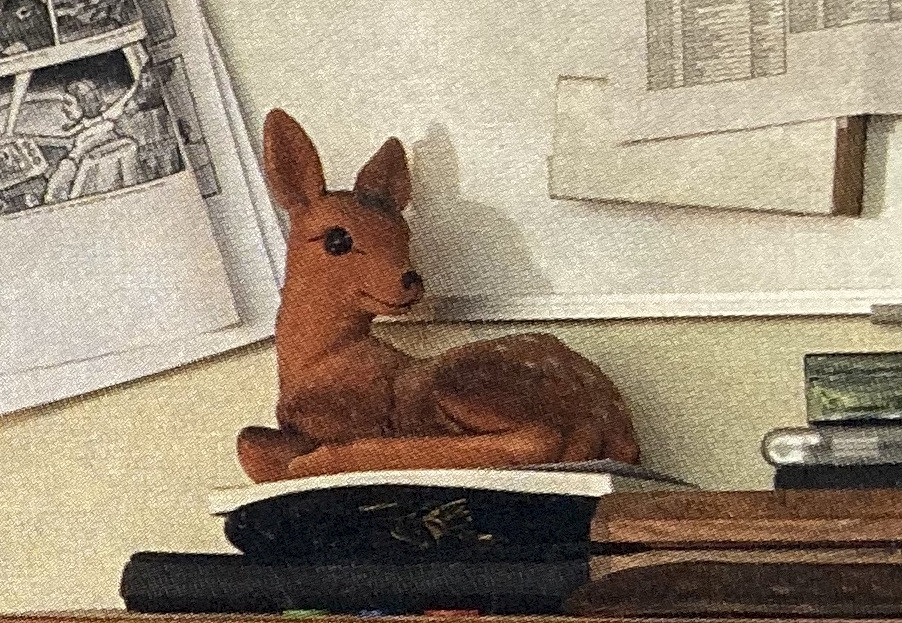

A friend woke up one morning and started to cry in bed. She cried because she couldn’t stand her room, the open clothing rack opposite her bed. The colourful shirts and jeans and skirts that were folded–not rolled–in her shelf suddenly seemed to stare at her and she couldn’t look anywhere else in this room that suddenly shrank from 20 square metres to maybe two. This was the moment when she began to cry and ordered, while still in bed, that white IKEA chest of drawers–not the most beautiful one, she later said, but at least I don’t have to see all that stuff you know
[materialised magic]
“I owned some unreal estate” writes Deborah Levy in her book Real Estate [2]. According to her, an unreal estate can be understood as a final house, as a place to live and work at one's own pace. Its special characteristic is that it does not yet exist. To a certain extent, an unreal estate can be defined as a never-ending search for a real estate. “Even in my imagination this home was blurred, undefined, not real, not realistic. It was an encouraging image: I had kept it in my head for decades, like an old photograph in my family album.”[3] Like a setting, it is built for a while, then unbuilt, or sometimes even not built at all, only dreamt about, forever living in a future tense. Sometimes this setting is a house, like in one of the films by Eric Rohmer or Pedro Almodovar, where the wallpapers fit well to the actor’s moods and outfits and where there are tables with flower-patterns on tablecloths in gardens. Sometimes it is a room with fresh fruits–then I am lying in bed peeling an orange.
For years smaller and bigger objects were flying around my Unreal Room like carriers of memories changing their positions between wall, window, desk and shelf screaming LOOK LOOK LOOK. There were books, a crooked mug, a porcelain little fish in blue
and a postcard from Odessa with the Black Sea. Superficially, it might seem easy to interpret a world where there are so few elements. The thing is that nobody knew that most of the objects had probably disappeared already many years ago into a hole. In the time of my parent’s childhoods, all Soviet children knew and loved the game Секретики – Little Secrets. You dig a hole in the ground, throw in every colourful thing you can find, from plastic sunflowers to postcards, shiny stones, shimmering doll clothes and teddy bears, then you place a pane of glass over the pit, cover it with earth and run away. Only when you feel unobserved may you return and view your secret treasures through the glass.
Recently I found a book on the street. It is called Where the Magic Happens (3). The book gives insight into the workrooms of Dutch and Flemish writers. The Magic finds its physical shape inside the walls of A Room of One’s Own. Most of them have desks to which the concept of a clean desk doesn’t apply. The most interesting chair is a De Sede DS2100 Skelton Swiss design classic. The rest is books, printers, mugs, pens, lamps, family photographs, ashtrays. There are wooden walls and dining tables that are used as desks. There are objects that solely function to evoke memories. I find a room in the basement and a room in the attic and while sifting through these rooms, I realise that the room of my dreams has always been a room to work in. To imagine a room for rest requires furnishing it with a couch. Maybe it will be one of those that are not too big, leather, with good shape and clear outlines–one of those that are nicer to look at than to sink in. I will feel the cold leather on my naked skin when lying down for a nap on a late summer afternoon.
[wide angle score]
The room of my dream is almost empty but it has a window. The couch has disappeared again. There is a desk (wooden), a chair (wooden) and maybe a shelf. For years while moving houses six times in seven years the only piece of furniture I carried around with me was a big heavy wooden desk. The desk seems to be the only furniture that is dedicated to the future. It is the place from which the work is done, a new future is imagined, a room is drawn. Unlike the couch it is not there to fulfil immediate needs. Unlike the shelf it is not there to evoke memories. The person who is sitting in this room is sitting on a chair. Just some moments ago it was me but I decided to take one step back to focus on the image. I am peering into my own room as if through the window of a stranger’s house, light is entering through the window frame. I take a step back and wait for the sun to rest on the wall. But it moves from wall to corner to wall to corner and it exits through the door without making any marks. The desk is in the middle of the room. Each time I look back, the chair is moving to another side of the wooden plate. It is a room in construction. No one has ever planned to stay here.
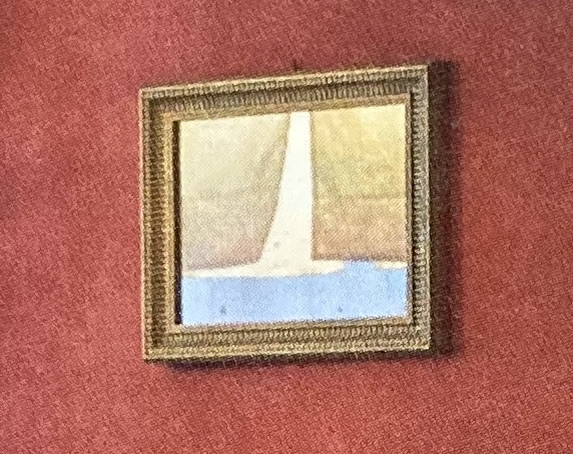
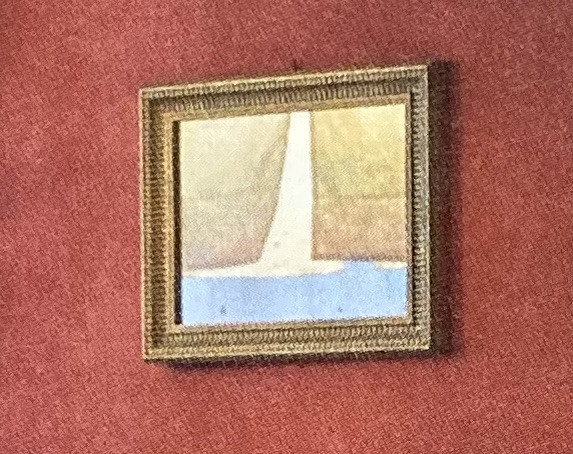
This text is part of an on-going series of performances, (performative) installations and readings that deal with concepts of home through the lens of migration, loss of utopia and intergenerational trauma from a post-soviet perspective. Different parts of it have been read at Kunstverein Radio in Amsterdam, Passing On Resilience at National Gallery in Vilnius and at 3AM Voice Notes at NDSM in Amsterdam (all 2023).
Notes
*Illustration by Geke Zaal: Cut-out frame from a woodcut by Vanessa Bell for the cover of Monday or Tuesday by Virginia Woolf through which we see a landscape by the romantic painter Caspar David Friedrich.
[1] Virginia Woolf, A room of one’s own (Grafton, 1977)
[2] Deborah Levy, Real Estate (London, Bloomsbury Publishing, 2021), p.4
[3] Deborah Levy, Real Estate (London, Bloomsbury Publishing, 2021), p.3

